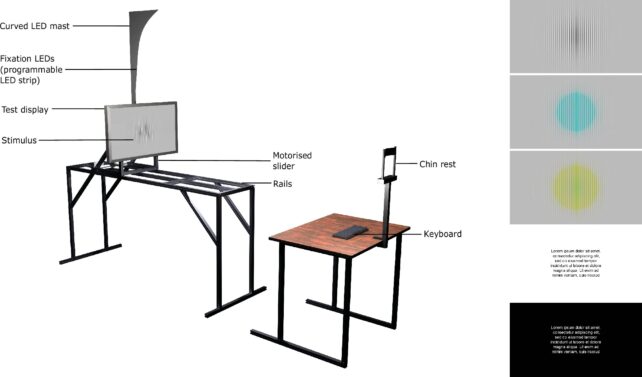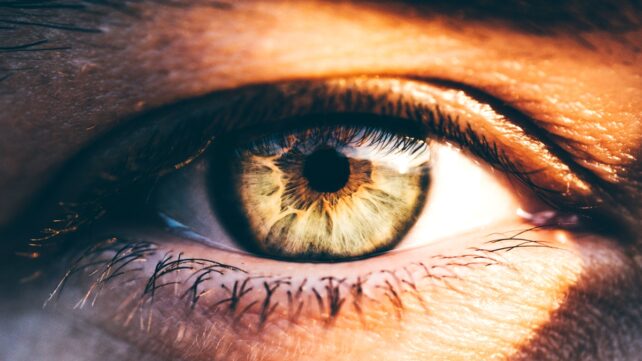What's the retinal resolution of the human eye, or how many pixels can we actually perceive? And is there any point in purchasing an expensive, ultra-high-def TV for an optimal in-home viewing experience?
These questions were recently explored by researchers from the University of Cambridge, in collaboration with Meta Reality Labs, developers of virtual and augmented reality technologies.
Their findings suggest that, at the distance between the sofa and TV in the average UK living room, the human eye cannot resolve all the pixels presented by ultra-high-def 4K or 8K TVs.
So these screens, it seems, don't provide any noticeable benefits over a lower resolution 2K television of the same size (44 inches).
To reach that conclusion, the researchers tested viewers' ability to perceive specific on-screen features, such as patterns with fine gradations, in various conditions: in shades of color or grey, at different distances from the TV, and when viewed straight-on or via peripheral vision.
If the viewers – 18 of them, aged 13 to 46 years – could see the lines in the image, it indicated that their eyes could resolve detail at that level.

What's more, the researchers went beyond measuring simple resolution. To get a fuller picture of the limits of our eyesight, they also analyzed pixels per degree (ppd), which is a way of measuring how many individual pixels can be crammed into each degree of your field of vision.
Scientists had thought the human eye could perceive details at 60 ppd, based on the widely accepted 20/20 vision standard set by the Snellen wall chart, with its well-known rows of letters, each smaller than the last.

However, the Snellen chart is a bit of an ophthalmological dinosaur.
"This measurement has been widely accepted," explains University of Cambridge vision researcher Maliha Ashraf, "but no one had actually sat down and measured it for modern displays, rather than a wall chart of letters that was first developed in the 19th century."
In this new study, Ashraf and colleagues found that the human eye has a higher resolution limit than previously suggested, although this limit varies by color. In grey, it's 94 ppd; in green and red, it's 89 ppd. But in yellow and violet, it plummets to 53 ppd.
Given these findings, it appears that TV design may have reached a point of diminishing returns, at least in terms of resolution.

Size-wise, bigger TVs will always be coveted. Yet the researchers hope that with these new insights, manufacturers will begin designing displays that meet the resolution capabilities of a higher proportion of people – say, 95 percent – rather than the previously assumed average observer.
However, it's not only our eyes that place limits on what we clearly see, but also our brains. Human senses are synergistic, and our ocular resolution depends on the eyes and the brain, as well as their interactions.
"Our brain doesn't actually have the capacity to sense details in colour very well, which is why we saw a big drop-off [in ppd] for colour images, especially when viewed in peripheral vision," explains Rafał Mantiuk, a computer scientist at the University of Cambridge and senior author of the study.
"Our eyes are essentially sensors that aren't all that great, but our brain processes that data into what it thinks we should be seeing."
It's a reminder that these aspects of our seemingly limited vision have evolved, survived and proliferated because they're good enough, not because they're perfect.
If manufacturers are intent on capturing our attention and holding our gaze, then they might do well to design screens to suit more people's eyes.
This research is published in Nature Communications.
